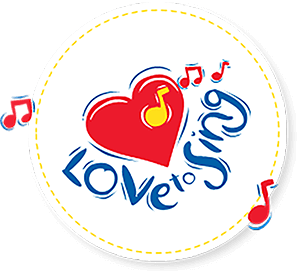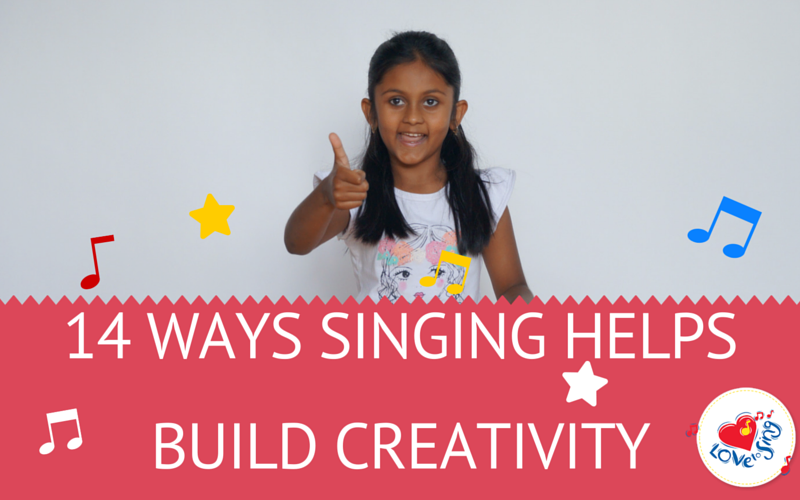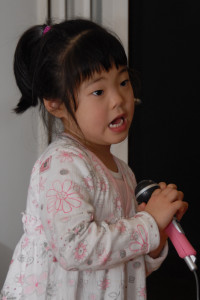Why Sing With Children? Here’s why:
Singing…
- Helps to develop relationships – e.g. songs can be soothing, humorous, and interactive.
- Builds language skills.
- Builds reading skills.
- Builds self-esteem.
- Singing with actions helps to develop motor skills.
- Helps children to move creatively and lose some of their inhibitions.
- Songs which relate to a theme can be integrated into other curriculum areas e.g. literacy, numeracy, social studies, drama, etc.
- Builds skills require discipline and concentration.
- Repetition of songs helps to build memory skills.
- Helps to build social skills.
- Is emotionally fulfilling.
- Releases happy endorphins.
- Can help to teach musical concepts – dynamics; beat; rhythm; tempo; pitch; tone colour.
- Is the easiest instrument for a child to master! Our voice is convenient, portable, inexpensive and can create loads of variation!
Singing is FUN no matter what your age!
Try Out These Creative Singing Activities:
- Add new words to a familiar song – e.g. Twinkle, Twinkle Little Star check out our song Black Space
- Make up a tune to fit a poem or finger play e.g. “Here is a box, here is a lid, I wonder whatever inside is hid?”
- Add instruments to match the lyrics of the song you are singing e.g. I Love to March or to match the mood e.g. Sleepy Songs
- Add movements to a song while you are singing e.g. Hearty Fun or Touch the Stars
- Dramatise a song e.g. Dingle Dangle Scarecrow , Little Rabbit Frufru, We’re Going on a Lion Hunt or Pohutukawa Tree use costumes, props and face paint.
- Sing different genres e.g. country music; rap; disco; blues; pop; hip hop…e.g. Country Jive
 or One Two Buckle My Shoe
or One Two Buckle My Shoe - Sing a song in varying tempos or dynamics e.g. Hammer, Hammer Hammer or I’m a Little Hunk of Tin
- Use variations with singing voices e.g. sing solo, sing duo sing in a group, sing with harmony e.g. I Saw Three Ships or Silent Night
- Use your voice to sing animal sounds like in Old MacDonald had a Farm
- Sing a song as a round e.g. Ring, Ring, Ring, the Bells
- Sing and perform a song in front of an audience e.g. We Love to Sing, I Feel Good or Punchinello Funny Clown
- Sing a familiar song e.g. Twinkle, Twinkle Little Star using animal sounds e.g. “Moo, moo, moo, moo, moo, moo, moo…”
- Sing along to an instrumental accompaniment, a recording with voices or acapella (no music accompaniment).
- Sing songs with puppets.
“Singing is the la, la, la that lives in my mouth.” unknown


 or
or